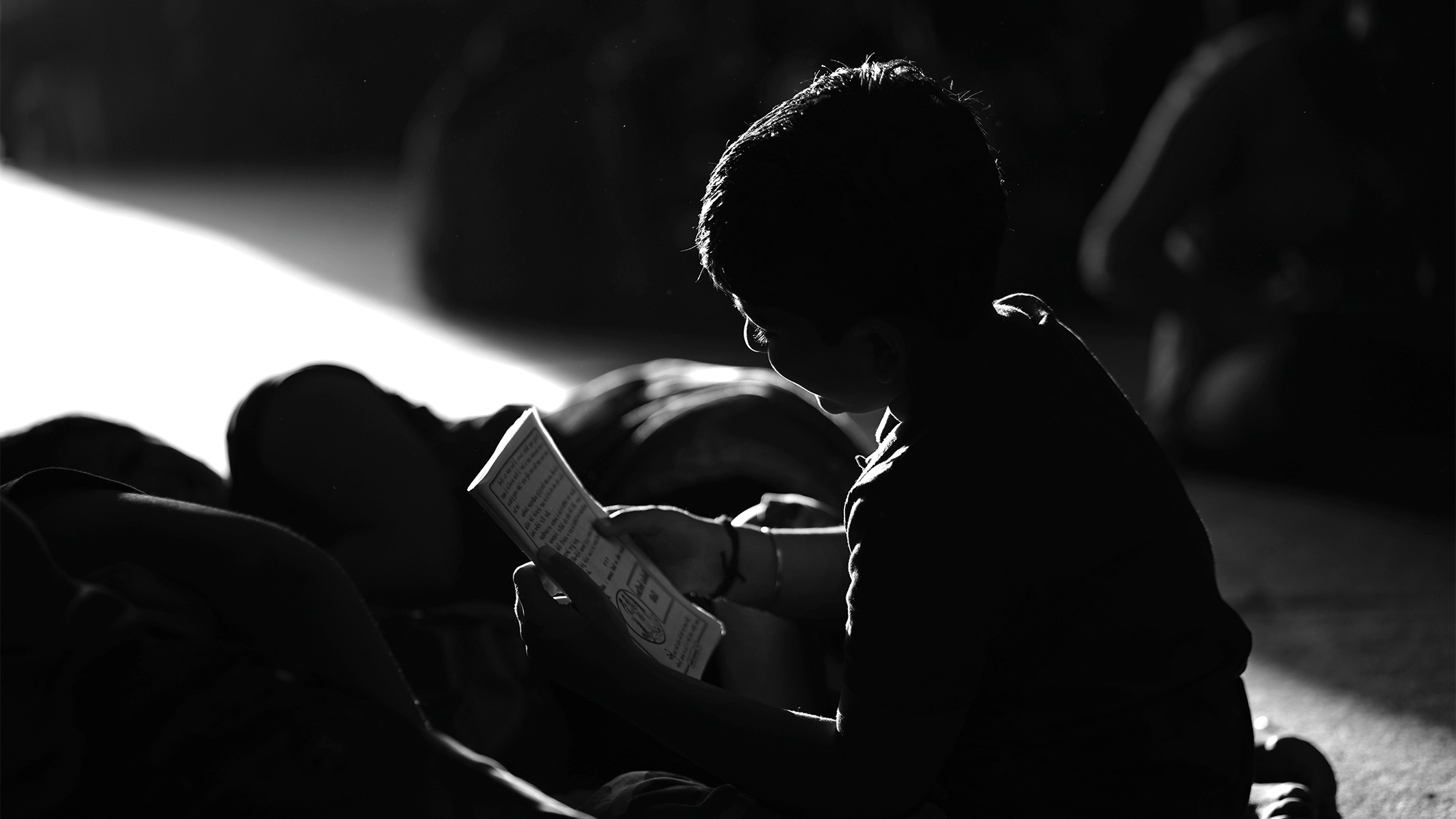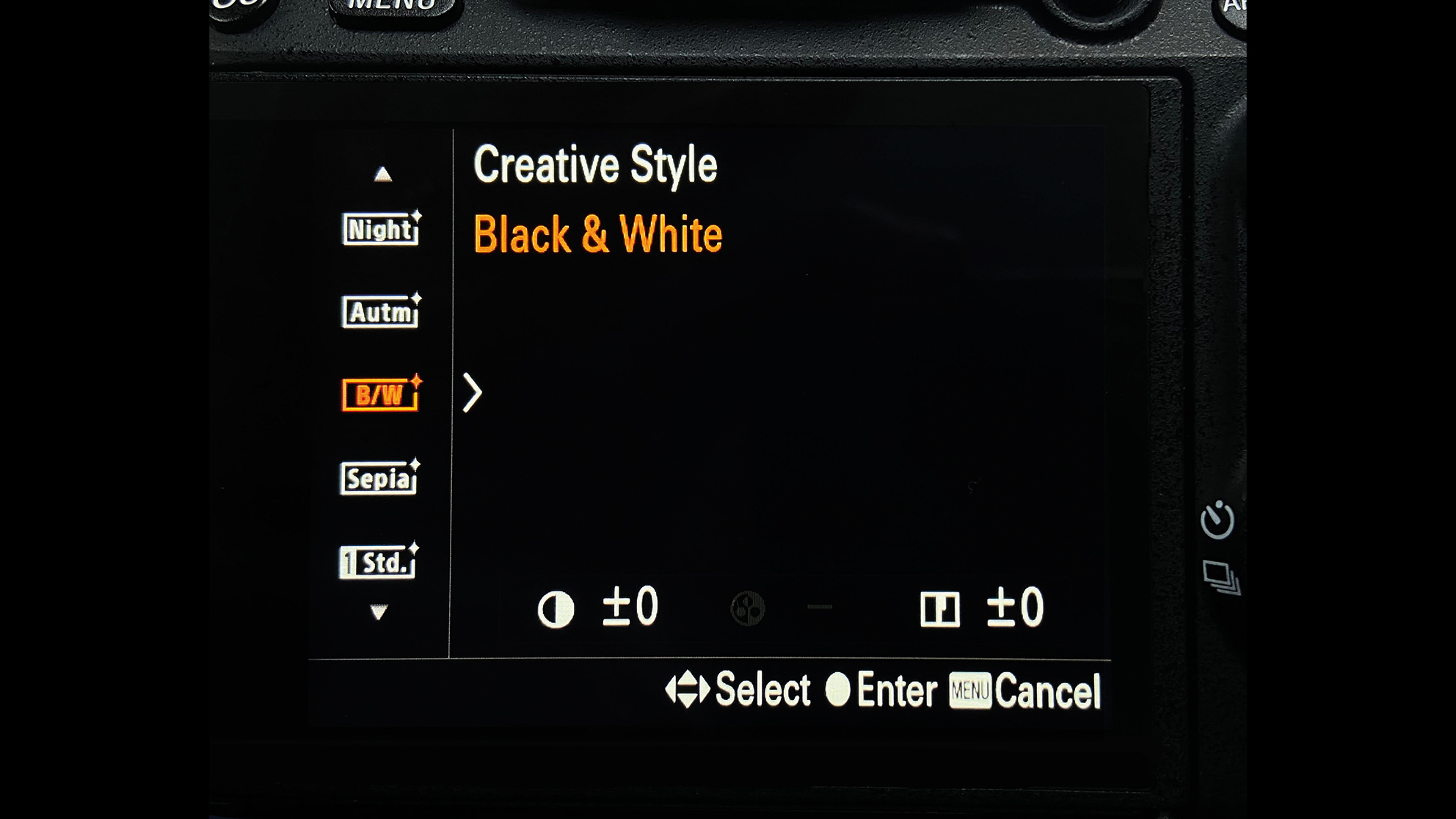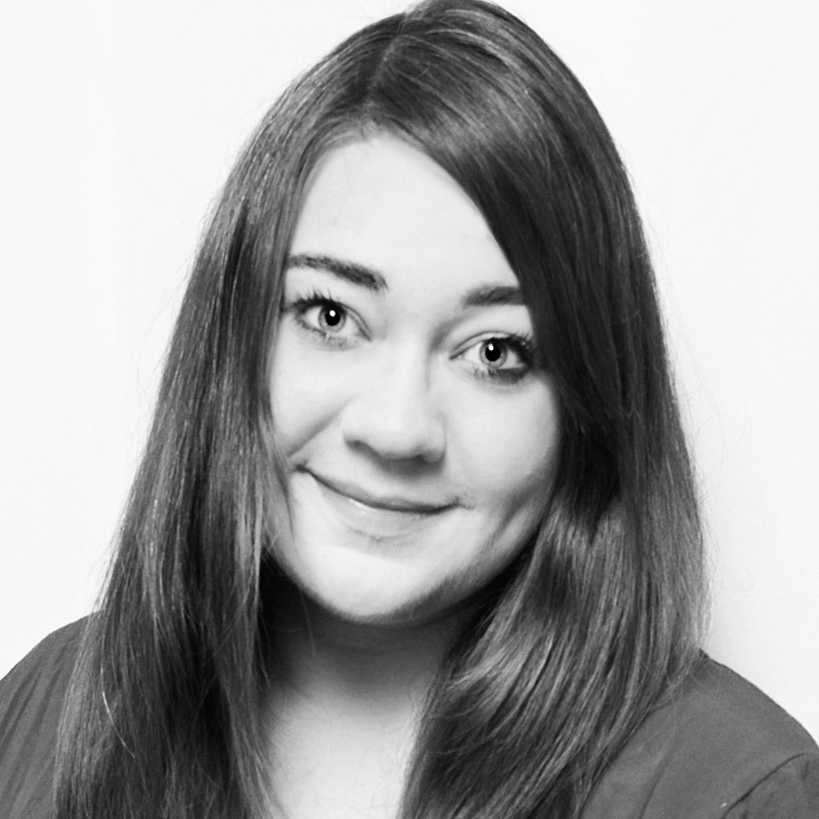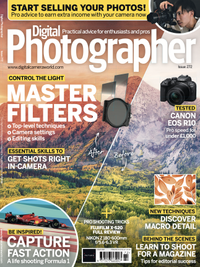5-minute photo tips: Select in-camera B&W to master mono and keep color
Take control of your black-and-white shots without losing the color images

Improves: Monochrome tones
Have you ever wondered why there are expensive cameras for black-and-white photography that can only shoot in black-and-white? The answer is simple: black-and-white photography is a work of art that requires more than simply converting a color image to monochrome in post-processing.
To successfully capture high-end black-and-white photographs, it helps to visualize the subject in monochrome at the point of capture. This is not easy when the camera’s screen only shows the color preview. Viewing the image in black-and-white beforehand will help you understand how the monochromatic tones shape the subject, and how the light and shadows impact the scene.

When working with monochrome tones, the focus shifts to the subject’s shape and structure. Here, the preview enables you to experience the subject in a new light.
To take advantage of this, depending on your camera, set your LCD screen to black-and-white or shoot directly in black-and-white in-camera.
Shooting in monochrome doesn’t mean that the color information is deleted; by shooting in JPG + RAW, you have the freedom to use the RAW color version of the image if you change your mind.
Pro Tips
1. Analyze light
With a keen eye for analyzing the direction and intensity of light, you can expertly illuminate your subject, masterfully control shadows, and shape them to your liking by adjusting angles and perspectives with your camera.
2. Experiment with picture profiles
These presets change the scene’s colours, contrast and sharpness. To bring your vision to life, the key is to make manual tweaks to black level, gamma and saturation.
This article originally appeared in Digital Photographer, a monthly magazine, and the kitbag essential for pros, enthusiasts, and amateurs alike!
Inside, you'll find practical guides, shooting tips, and techniques from working photographers, plus all the latest industry news.
Some of the best black-and-white cameras include the Leica M11 Monochrom (review) and the Leica Q2 Monochrom (review).
Get the Digital Camera World Newsletter
The best camera deals, reviews, product advice, and unmissable photography news, direct to your inbox!

Kim is the Staff Writer on Digital Camera World, and formerly Technique Editor at Digital Photographer, focusing on the art and science of photography. With a Master’s degree in Photography and Media, she is driven to educate through an analytical approach, visually and technically. With her guides and tutorials, Kim seeks to uncover new facets of this time-honoured medium and foster a deeper understanding of its profound role in culture. Kim highlights topics that resonate with modern society, including women in photography and critical issues such as environmental conservation. She also discusses and reviews camera gear, giving you an overview to find the best fit for your photography journey.

